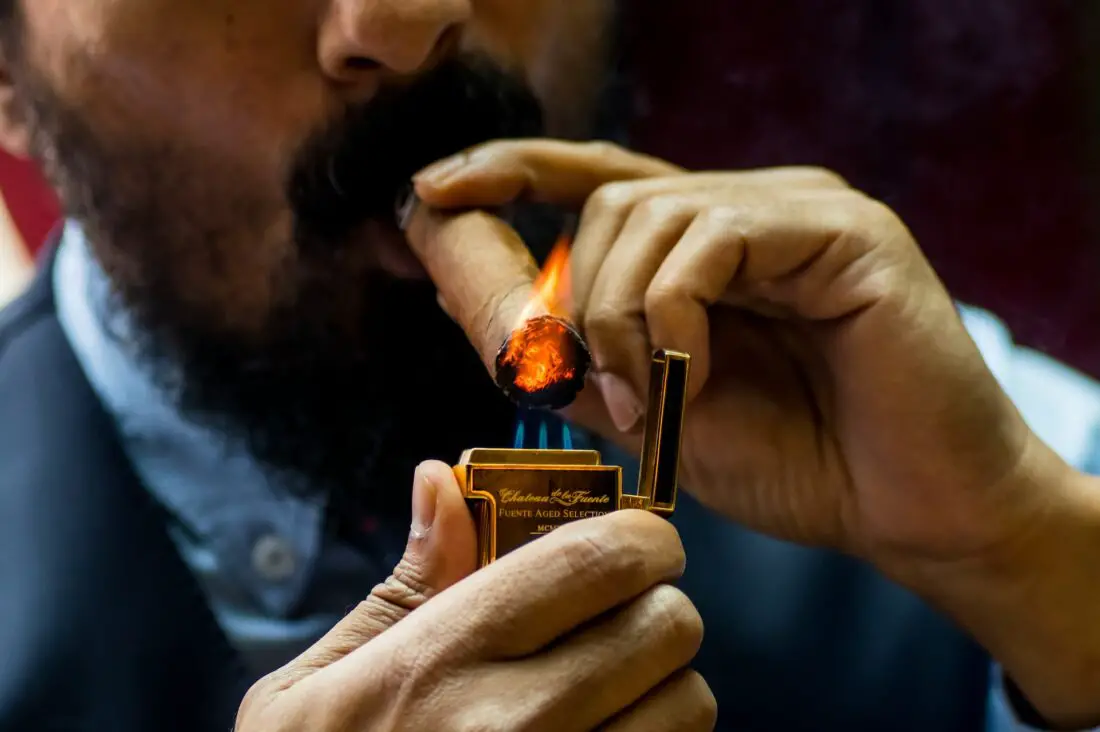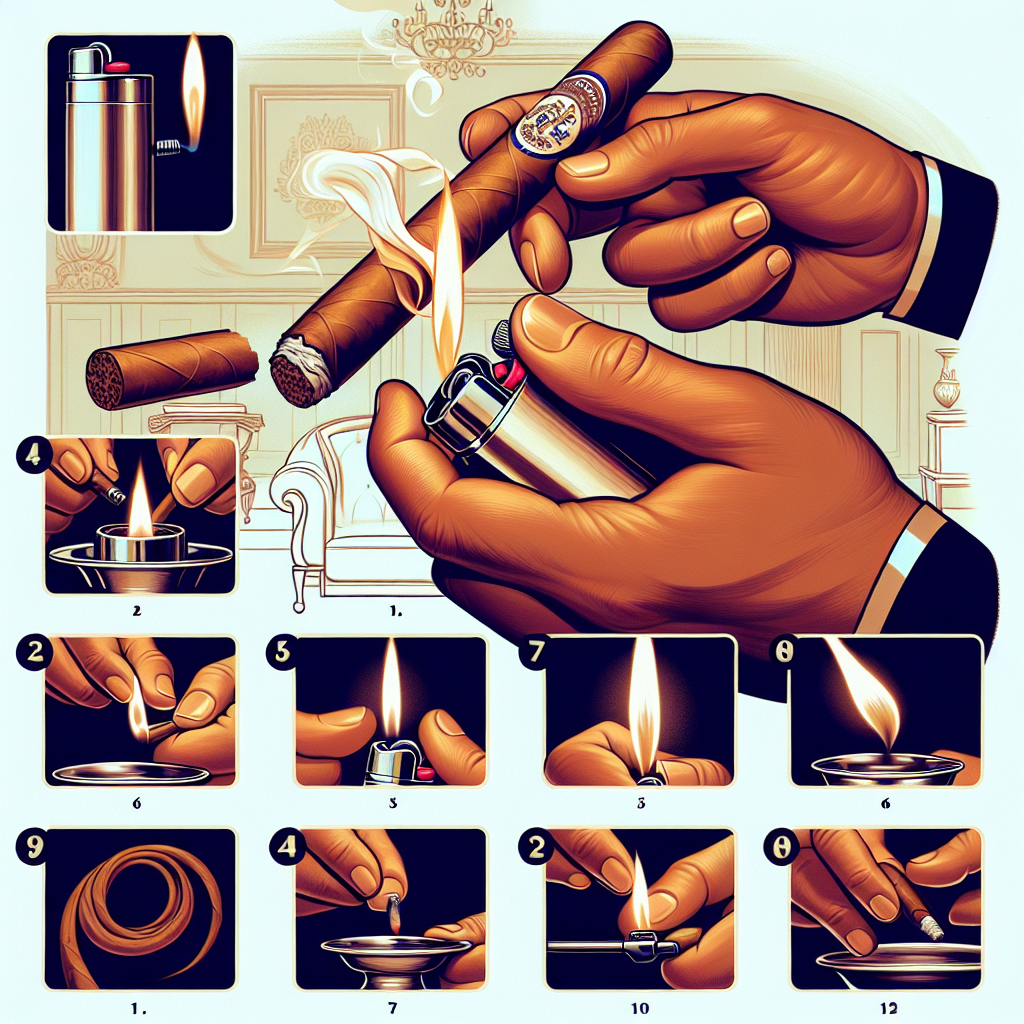The history of Tampa cigars begins with its first inhabitants – Native Americans. In the second part of the 16th century, tobacco was introduced to the Spanish by American Indians, who then spread it throughout the rest of Europe. The early to mid-19th century was when cigar smoking first gained popularity.
What We Will Cover
Ybor City Historic District
Cuban tobacco used to make cigars in Havana became the gold standard, and American and European markets helped Cuba become affluent. A high tariff, or tax, was imposed on Cuban cigars by the United States in 1857 to increase revenue. Because more Americans started smoking cigars and “clean Havana,” cigars were the best, and many cigar factory owners in Cuba continued to prosper despite these increased levies.
Some owners of Cuban cigar companies relocated them to Florida, New York, and other states to avoid the tariff’s associated costs. They also did well because they used tobacco leaves imported from Cuba and Cuban labor to make cigars.
History Of Tampa Cigars
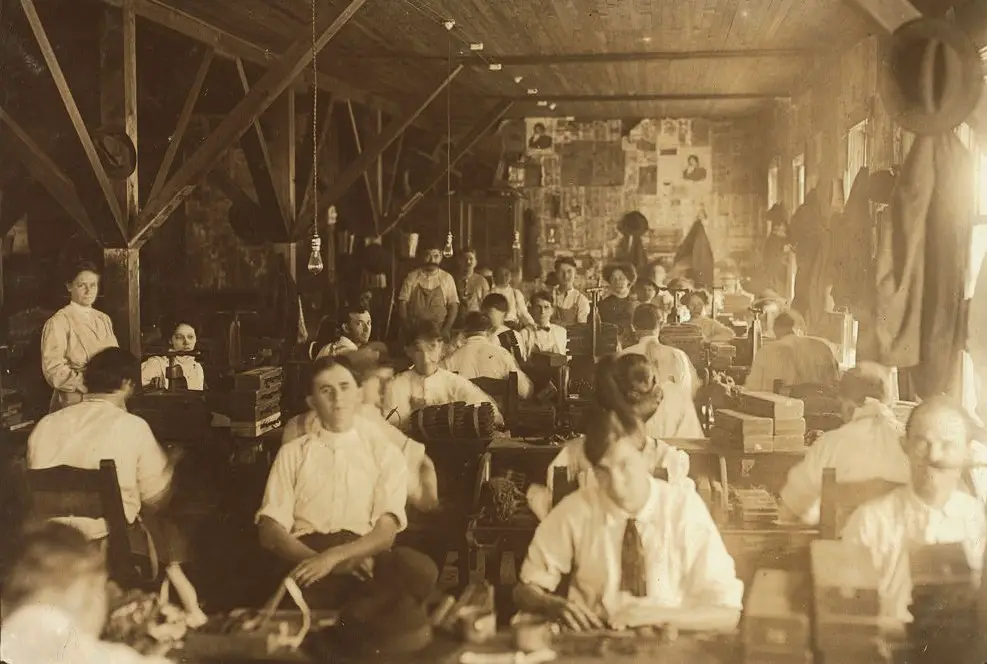
It would be fair to say that the cigar business sprang up in Tampa due to a revolution. In 1856, 38-year-old Vicente Martinez Ybor founded his own Cigar Company in Havana, Cuba, and began manufacturing his El Principe de Gales, or Prince of Wales brand. This cigar quickly became popular, and Martinez’s little cigar factory was producing over 20,000 cigars a day.
But Ybor was also a bit of a political renegade. He supported Cuba’s efforts to break away from Spain. This caught the attention of Spanish authorities, and he was sentenced to death as a revolutionary. Martinez and his family escaped to Key West, Florida, where he moved his cigar production factory. However, he needed help finding good workers in little Key West. After a disastrous fire in 1868, a friend recommended moving his operations to Tampa.
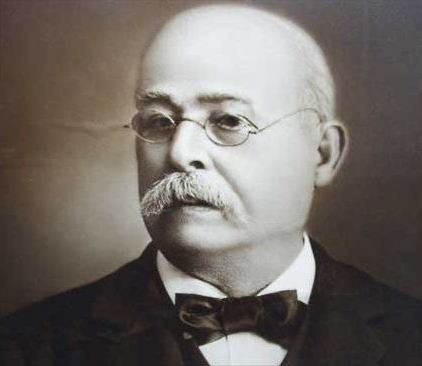
With collaboration between Ybor, his friend, and business competitor Ignacio Haya bought forty acres east of Tampa. This was indeed a company town. Besides Ybors massive, 3-story factory, there soon 200 cigar factories in Ybor City producing some 500 million cigars annually. It was said that a Cuban cigar maker’s dream was to emigrate to Tampa to work in one of the cigar plants.
The area northeast of old Tampa was a pine forest bordered by a salt marsh but was soon a vibrant city. In 1880, just over seven hundred people were living in the area. By 1900 there were over 15,000. At the turn of the century, over two dozen cigar companies clustered around Ybor City. Florida’s first Brewery was built there, and Railway service soon came in. Ybor City had restaurants, shops, and vibrant ethnic neighborhoods. It was indeed a melting pot of cultures.
What Happened To Hav a Tampa Cigars?

The original Hav-A-Tampa cigar company was founded in 1902. The company’s catchy slogan, “Won’t you Hav-A-Tampa cigar?” was a winner and used throughout much of the 1900s. The 1920s were suitable for Hav-A-Tampa as it produced enough to be deemed one of Tampa’s largest cigar manufacturers and made half of the cigars manufactured in the city for the next twenty years. By 1930 the company had a sales force of 40 and a large four-story cigar-rolling plant.
Finally, in the late 1990s, Hav-A-Tampa was sold to Tabacalera, then merged and sold again, eventually landing in the hands of Imperial Tobacco. The Ybor factory was shut down in 2009; the cigars are now produced in Puerto Rico.
The Rise And Fall of Unions In the Cigar Industry in Tampa
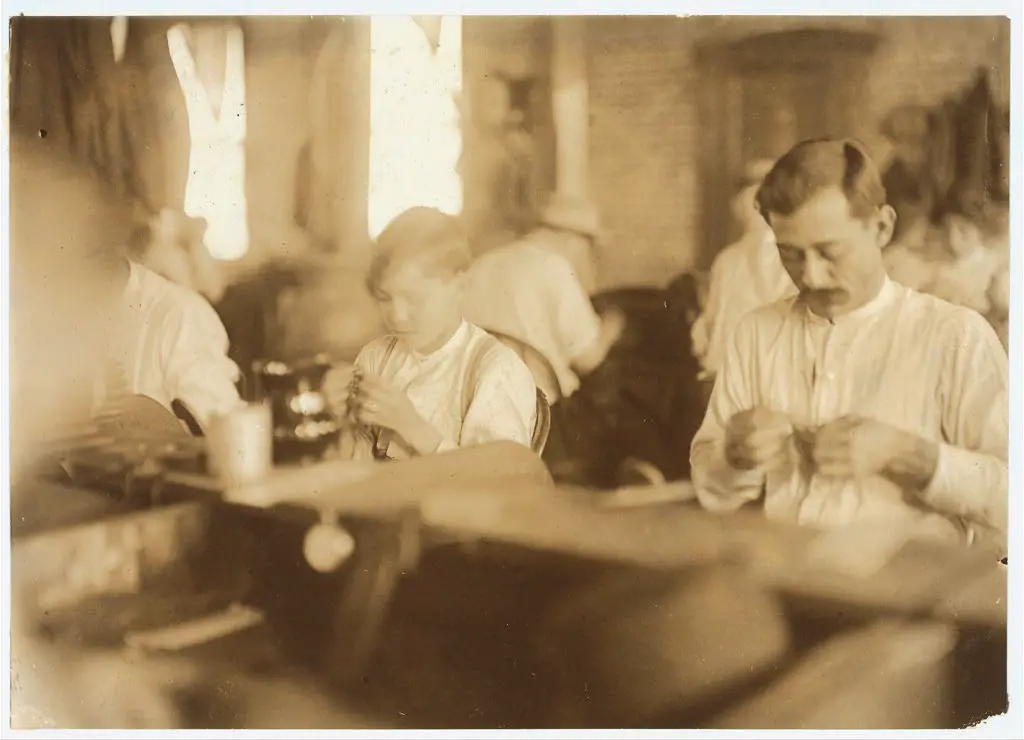
Cuban cigar workers have brought a history of organizing to improve pay and working conditions. This movement was likely brought about during the attempted Cuban revolution of 1868 when nationalism efforts evolved to form strong trade unions. This union effort emigrated to Tampa from Cuba, and the first local 336 was formed under the American Federation of Labor in 1898. There were significant strikes in the cigar industry in 1899 and 1901.
The decline of the hand-rolled luxury cigar market started during the Great Depression, as more and more tobacco consumers turned to cheaper cigarettes. As a result, the once well-organized cigar workers found it tough to improve working conditions. A year-end strike in December 1931 led to cigar companies padlocking the factories. This lockout was an effort to quell union power and root out supposed radical or communist influences in Tampa. Manufacturers eliminated the popular Lecter position, which they thought led to the unrest.
The End of the Powerful Labor Era in Cigar Making
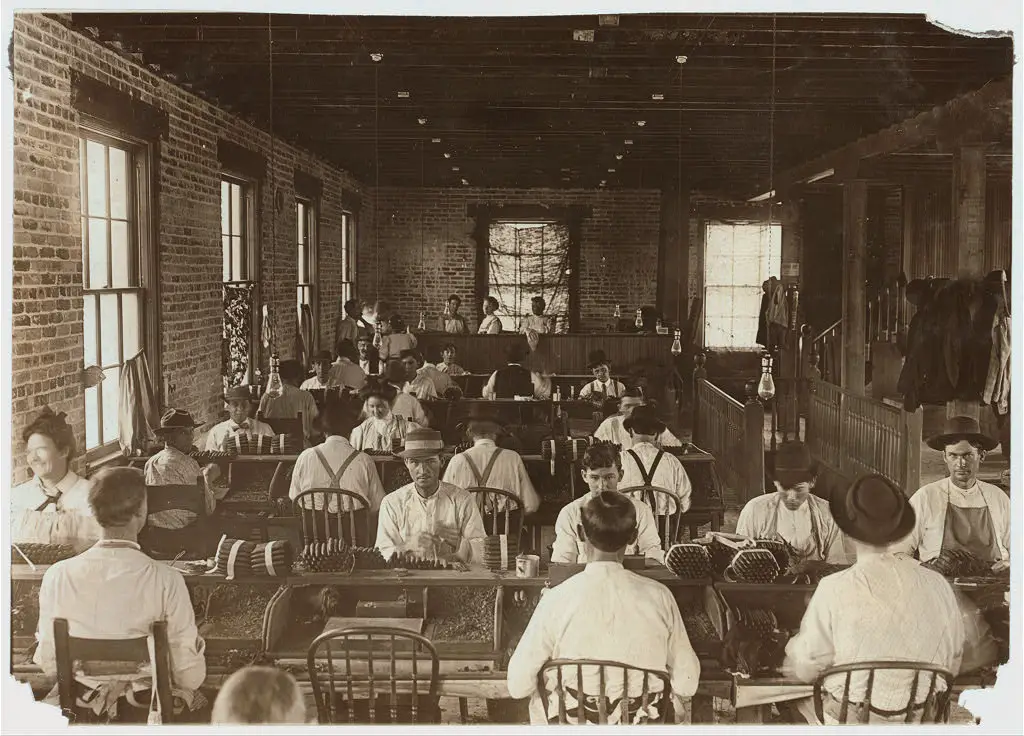
By 1933 there were 8,000 unionized workers spread out over seven locals. Weakened by the lockout, an agreement was struck that resulted in the position of workers even further. Rolling machines and less expensive products such as cigarettes became the cheaper alternative that spelled the end of the traditional cigar factories and the need for thousands of workers.
After two decades of decline, the refashioned cigar industry began to boom again in the 1950s as production in Tampa’s factories soared. Still, the number of workers simultaneously declined due to automation.
The 1962 Cuban Trade Embargo
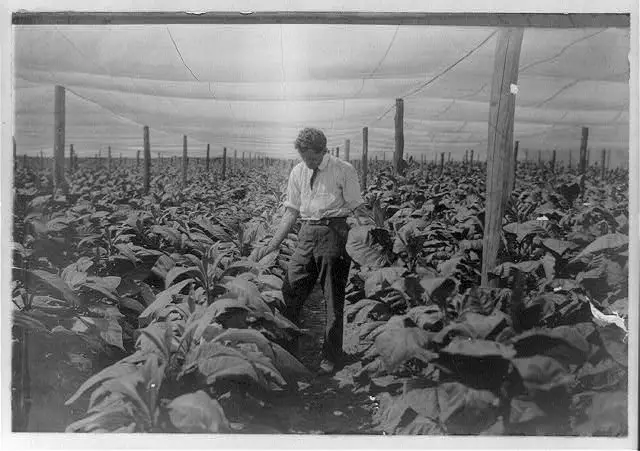
In February 1962, President John F. Kennedy proclaimed an embargo on trade between the United States and Cuba. The prohibition incorporated Cuban exports, including tobacco, dealt a further blow to the region’s cigar makers after the Castro-led Cuban Revolution of the late 1950s.
The trade blockade particularly hurt the upscale hand-rolling businesses that had persevered through tough times by continuing to make premium cigars in the true Cuban tradition. Unfortunately, the embargo remains in place today and continues to stymie premium cigar-making in the United States.
What Happened to Tampa’s Sweet Cigars
Hav-A-Tampa made these starting in 1902. A cigar is considered sweet if hints of sweet flavors such as chocolate, vanilla, honey, or cherry. The small cigars were inexpensive but could compete with more expensive hand-rolled ones. However, it is pretty hard to buy them nowadays. The reason for this is that their availability has been gradually declining. The most
First, What is A Tampa Sweet Cigar?
Hav-A-Tampa Jewels Sweet are little machine-made cigars that offer a smooth-tasting and sweet smoke with a nutty character, enhanced by the distinctive wood tip that keeps the taste delightful. In addition, the sweet cigars have a 100% natural wrapper that lends a smooth texture to the cigar’s body and emits a flavorsome aroma and long-lasting aftertaste.
Can You Buy A Hav-A-Tampa Sweet Cigar Today?
Tampa Sweet Cigars are marketed with one of the oldest cigar-making brands in the United States, “Hav-A-Tampa .” Wood-tipped Hav-A-Tampa Jewels Sweet Cigars are sold in packs of 5 and can be found in retail stores and online.
Are Cigars Made in Tampa From Cuban Tobacco Seed?
Cuban tobacco was highly prized for its aroma and body and was easy to import. Florida tobacco, however, was also highly prized for its fragrance and body. Its close proximity to Tampa made it an attractive option, but its quality needed to be more consistent with Cuban imports.
Before the Spanish American War in 1898, there was a significant reduction in the supply of tobacco due to an embargo on Cuban tobacco. In southwest Florida, the embargo encouraged experimental farming. The seeds and techniques for growing Cuban tobacco were easily accessible to the average farmer with a few more acres.
Florida tobacco producers improved their practices and output in just a few years. According to a US Department of Agriculture assessment from 1900, Cuban and Sumatran tobacco, the best wrappers at the time, were equal to Florida-grown Habano Seed tobacco. In addition, Florida was one of the states growing the most cigar tobacco in terms of acres in the early 1900s, thanks to the blending of Cuban and American South tobacco growing techniques.
Since 1895, Tampa cigar manufacturers have used both Cuban and Florida-grown tobaccos. Unfortunately, the Cuban trade embargo in 1962 ceased shipments of tobacco leaf used for cigar making and wrappers in 1962. Nevertheless, Florida was a tobacco-producing state until 1977. Farming resumed again in 2013. So while the initial tobacco grown in South Florida was directly from Cuban tobacco seed, the new strains and improvements have made it a truly American product.
The Role of Lector in Tampa’s Cigar Factories
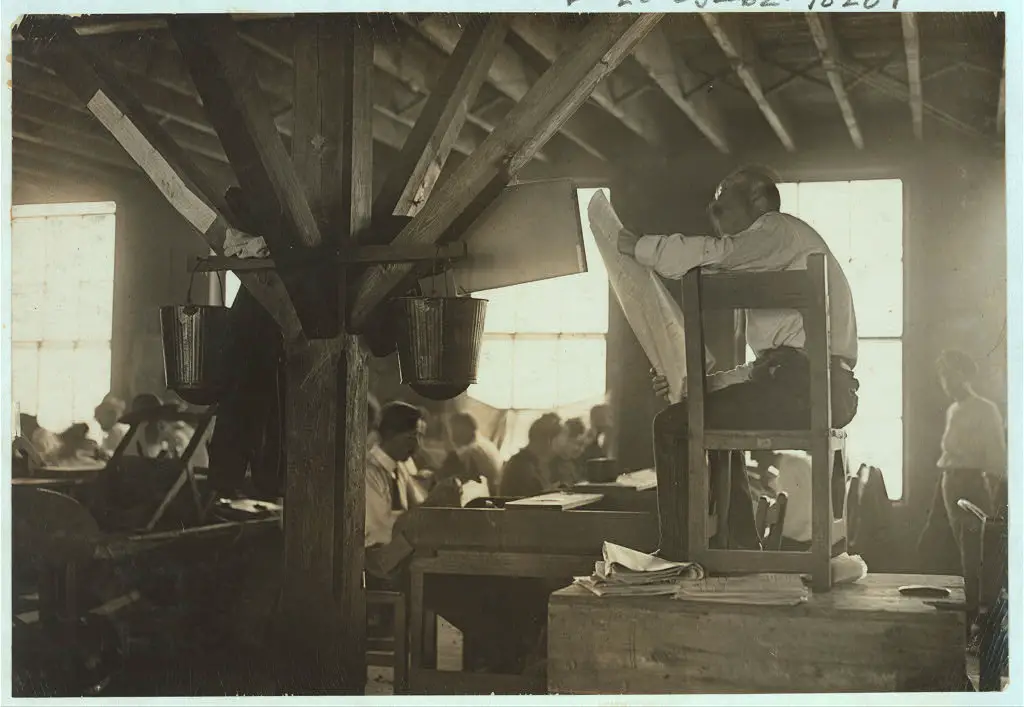
One fantastic aspect we found in our research of the history of cigar making in Tampa is the position of “Lector” in many factories. It was typical for a lector to read newspaper articles and books out loud on the factory floor as workers rolled and filled cigars. Instead of the factory owners, the workers hired lectors to amuse and educate them while they completed the tedious chore of manually rolling hundreds of cigars each day.
The Lector would stand on a raised platform, dressed nicely, and hold the day’s newspaper or works of popular literature. He was responsible for providing instruction and preventing workers from becoming mentally exhausted from rolling hundreds of cigars. A skilled worker could roll five hundred cigars every day.
This was frequently the only access many employees had to outside information. They, as a result, become more knowledgeable about local, national, and worldwide happenings than many other Tampa residents.
Lectors could also be controversial. The reading of left-leaning articles angered some factory owners. During the 1931 strike and the subsequent lockout, factory owners demolished the platforms used by Lectors. They thought the consistent stream of information to workers was sparking labor unrest. Between the strikes, and the introduction of automated rolling machines, by the 1930s, the Lector was gone.
Why is Ybor City Considered the Cigar Capital Of the World?
- The largest cigar factory in the world at the time was located in the Ybor Factory Building, which was constructed in 1886.
- Ybor City used to produce more cigars than any other city. 500 million annually.
- It backed more box manufacturing and label printing enterprises by 1895 and had ten independent cigar factories.
- To protect and preserve cigars, J.C. Newman was the first to wrap them in cellophane tubes. This has become the norm in the sector.
- By 1900, Tampa’s manufacturers produced the highest-quality hand-rolled cigars globally, surpassing Havana.
- Ybor City’s skilled factory workers rolled cigars in 36 shapes and sizes by hand.
Ybor City Today Is A National Landmark
The National Historic Landmark Ybor City Historic District is northeast of Tampa’s downtown. More than 950 historic buildings and constructions from the area’s height of industry can be found there. The community’s fusion of European, Asian, and Cuban immigrants who settled there to support the area’s once-burgeoning cigar industry, brought to Tampa in the late 19th and early 20th centuries, gives Ybor City its vibrant character, best preserved in the 7th Avenue Commercial Strip.
Nearly a thousand historical items can be found in the Ybor City Historic District, northeast of the city center of Tampa. Most historic structures and buildings were built between 1886 and World War I. At the height of Tampa’s hand-rolled cigar industry, these included the establishments, churches, social clubs, factories, and public buildings used by the residents of Ybor City. The only large factory still producing cigars in Ybor City is the E. Regensberg & Sons, also known as S. Fernandez and Co., on 16th Street.

